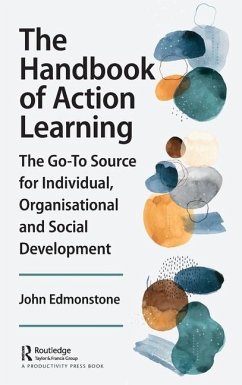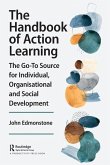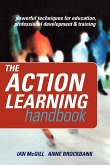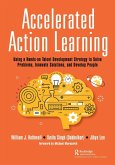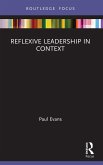Action learning is one of the most prominent individual and organisational development approaches used in all parts of the world, including in over 70 member states of the United Nations. From its early beginnings in the 1970s, it has been adopted in private, public and third-sector organisations and has produced several variations. Used for leadership and management development, to support teamwork and problem-solving, and to encourage creative thinking, it can help to develop and enhance the learning capacity for individuals and organisations.
Applied as a discrete activity focused on a priority need or on new or changed roles; as a linkage between more formal programs and the workplace or blended with other elements in a program, this book distils current and previous practice and theory to provide an up-to-date guide to action learning. The book will provide readers with an understanding of action learning, including the major elements, the choice of issues, the key skills, the role of the facilitator and applications organisation-wide. It will address such important aspects as how action learning can adapt to different national and regional cultures and how it can be evaluated. It will also offer a range of resources for further and deeper understanding.
Applied as a discrete activity focused on a priority need or on new or changed roles; as a linkage between more formal programs and the workplace or blended with other elements in a program, this book distils current and previous practice and theory to provide an up-to-date guide to action learning. The book will provide readers with an understanding of action learning, including the major elements, the choice of issues, the key skills, the role of the facilitator and applications organisation-wide. It will address such important aspects as how action learning can adapt to different national and regional cultures and how it can be evaluated. It will also offer a range of resources for further and deeper understanding.

